September 23, 2020
No Comments
Order Reprints
KEYWORDS TIA Tire Industry Association training
The Tire Industry Association (TIA) will offer its 200-Level Basic Commercial Tire Service (CTS) training program online, and will offer sessions in both English and Spanish.
Classes will feature live instruction from staff trainers, and will be held Tuesday through Thursday and consist of six hours of instruction each day in two separate three-hour sessions.
Students who successfully complete the virtual training class, skills demonstration form and final exam will receive a TIA Certificate of Completion and compliance with training regulations established by Occupational Safety and Health Administration (OSHA) 29 CFR 1910.177.
“COVID-19 has forced TIA to pivot on our methods for delivering training and we are proud of how quickly the training staff researched, developed and released a virtual training platform in just six months,” said Brian Rigney, TIA president. “Our mission is to improve tire safety through training and education so the virtual training model using Zoom is the perfect fit for times like this. We are especially excited about the opportunities to bring OSHA compliance training in Spanish to all of our commercial truck tire members.”
Companies that want to participate in the virtual 200-Level CTS classes must purchase an access link and workbooks for each student enrolled in the class. The member price for an access link is $50 and the non-member price is $100. Each link can only be used on one computer and is not shareable, but it allows companies to train multiple students at the same time in a single location with one link. The member price for a CTS Workbook and Exam is $35 for members and $65 for non-members.
“We are fortunate to have a bilingual staff trainer with commercial truck tire experience who can teach the entire class in Spanish and explain the key safety concepts for servicing truck tires in a familiar language,” said Kevin Rohlwing, TIA senior vice president of training. “The 200-Level CTS Program materials already are available in Spanish, but there are some differences in terminology that can be confusing for different dialects. With an experienced and fluent bilingual trainer teaching the class in Spanish, it’s much easier for students to understand the most important safety guidelines for servicing commercial truck tire and wheel assemblies.”
“The 200-Level CTS Program materials already are available in Spanish, but there are some differences in terminology that can be confusing for different dialects. With an experienced and fluent bilingual trainer teaching the class in Spanish, it’s much easier for students to understand the most important safety guidelines for servicing commercial truck tire and wheel assemblies.”
Tuesday and Wednesday classes will be held via Zoom from 9 a.m. to noon and 1 p.m. to 4 p.m. EST.
Thursday classes will be held from noon to 3 p.m. and 4 p.m. to 7 p.m. EST.
Basic CTS classes in English will be held on Oct. 7, Oct. 13, Oct. 15 and Oct. 21.
Basic CTS classes in Spanish will be held Oct. 6, Oct. 8, Oct. 14, Oct. 20 and Oct. 22.
Registration forms are available online, or companies can request a form via email. Contact Christine Hoogenboom with questions.
© 2022.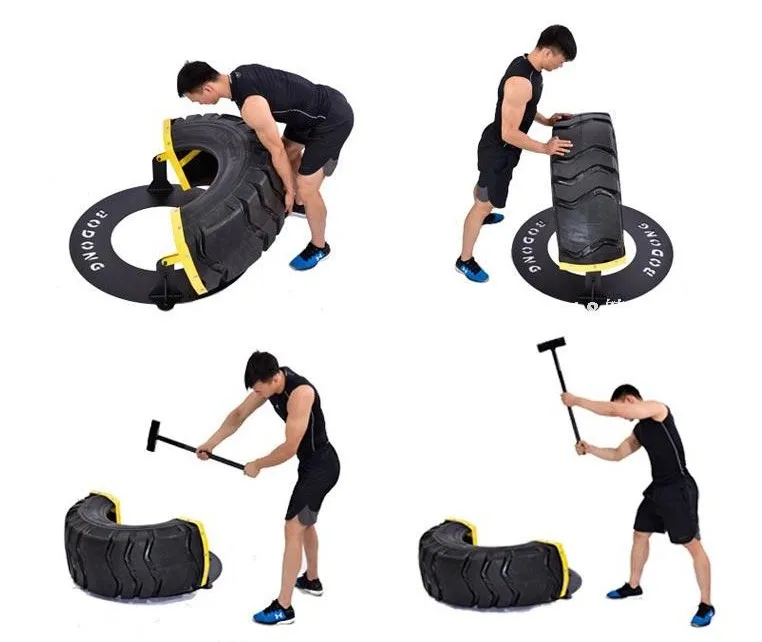 10 Missions Media, LLC. All Rights Reserved.
10 Missions Media, LLC. All Rights Reserved.
Privacy Policy Terms of Use
Design, CMS, Hosting & Web Development | ePublishing
Training Programs
LTASA partners with the Tire Industry Association (TIA) to provide access to their training programs. Contact us today for more information about any of the following courses:
2022 NAPA AutoTech Training - Contact David McKinnon for information
Covington, LA
Monroe, LA / Delhi, LA
New Orleans, LA
2022 Bumper to Bumper Vendor Clinic Schedule
LTASA
(225) 343-2776
info@LTASA.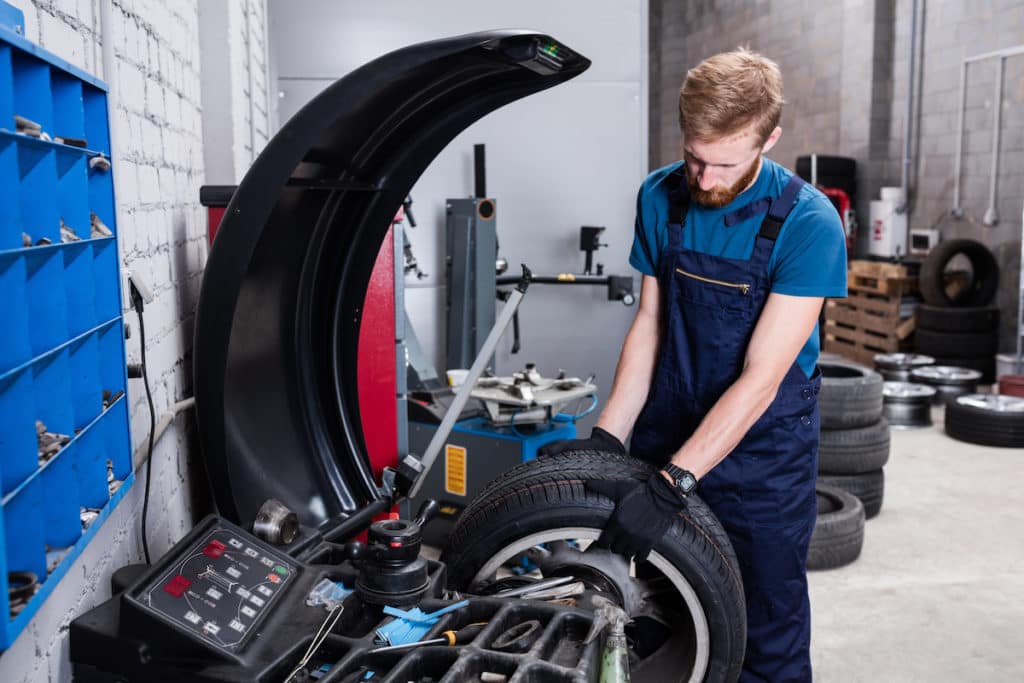 org
org
Tire fitting courses are in high demand, as are tire fitters themselves (tire fitters). Individual specialists are increasingly required for straightening and rolling discs, changing tires, and repairing them.
Universal tire fitters and tire fitters who know how to find an approach not only to cars, but also commercial vehicles, including special equipment, buses, "heavyweights" - trucks, road trains, tractors, are especially valued.
Tire fitting services are relevant in a variety of situations, for example:
Responsible training in tire fitting and balancing avoids a number of mistakes, among them:


Ideally, a specialist who has undergone comprehensive training in tire fitting and wheel balancing should have the following things bounce off their “teeth”:
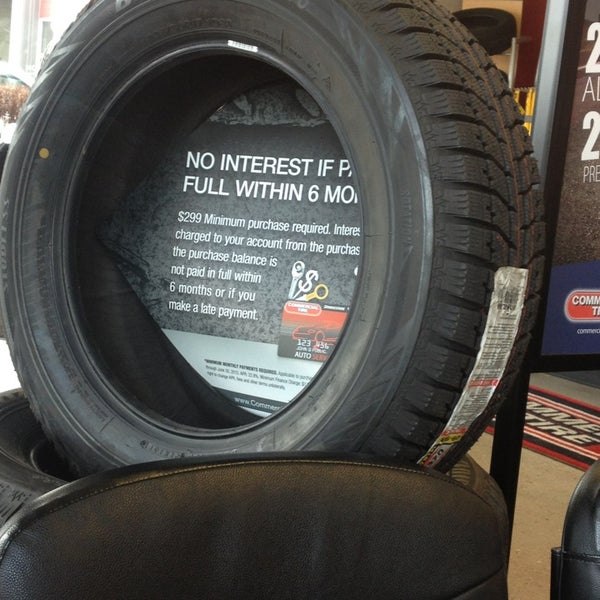 Including, the study of the specifics of interaction with machines, boosters for explosive tire inflation, jacks, vulcanizers, weights, harnesses, fungi for tire repair.
Including, the study of the specifics of interaction with machines, boosters for explosive tire inflation, jacks, vulcanizers, weights, harnesses, fungi for tire repair. One of the problems, if you want to get comprehensive knowledge and improve your skills in the field of tire fitting, is to find a suitable training center. Still, the direction is highly specialized, and it is not so easy to find it near the house.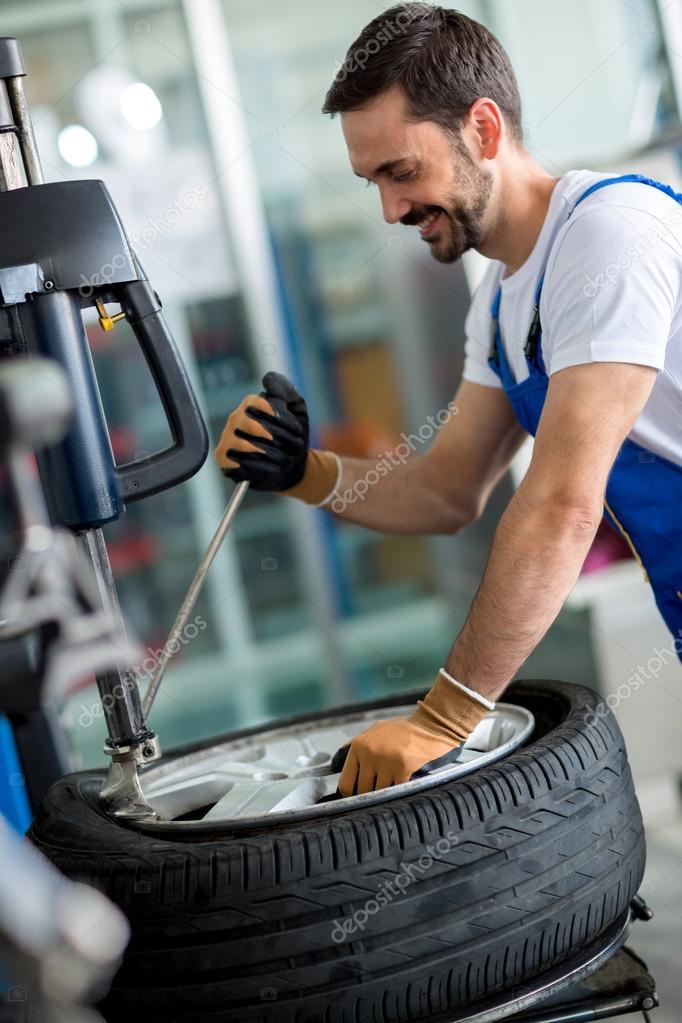 But thanks to modern technology, there is no need to look for tire fitting courses in Tyumen, a specific area of \u200b\u200bthe vast St. Petersburg, or even more so Moscow. You can purchase access to the electronic interactive program Tires, wheels and tire fitting on the ELECTUDE platform. Classes are available from anywhere in Russia, and not only in Russia, but also in other countries (the course organizers have representative offices in Belarus, Kazakhstan, Ukraine).
But thanks to modern technology, there is no need to look for tire fitting courses in Tyumen, a specific area of \u200b\u200bthe vast St. Petersburg, or even more so Moscow. You can purchase access to the electronic interactive program Tires, wheels and tire fitting on the ELECTUDE platform. Classes are available from anywhere in Russia, and not only in Russia, but also in other countries (the course organizers have representative offices in Belarus, Kazakhstan, Ukraine).
The software product is focused on modular learning. The program includes 16 training modules. Particular emphasis is placed on the arrangement of vehicle wheels, service operations, including maintenance and operation of discs, tires, tire pressure monitoring system. Estimated time for studying the material is 10 hours. But please note: this is an average time. Everyone can work at the most convenient rhythm for themselves and master the program at a more intensive or “stretched” pace.
In addition, it is important to understand that this is not just training, but a comprehensive certification system.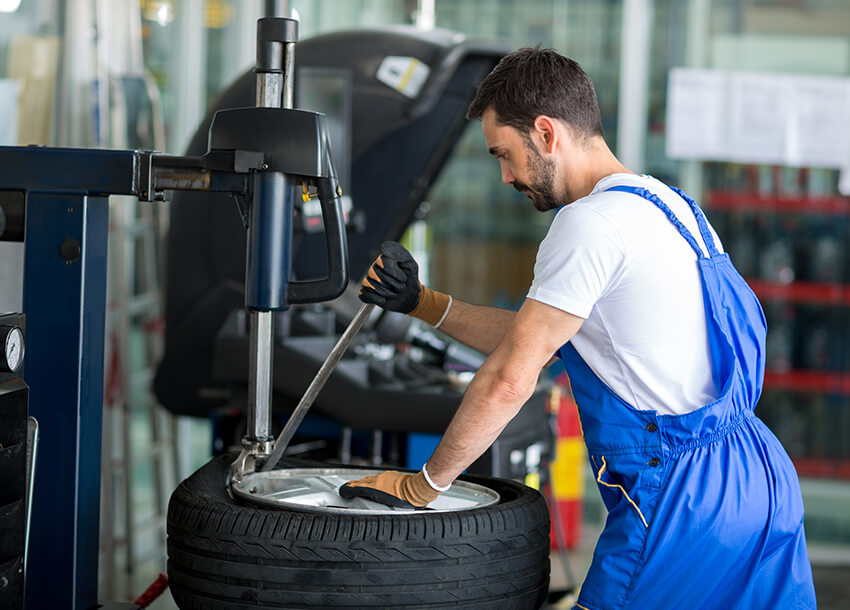 Therefore, service station training centers have every opportunity to not only train specialists, but also organize an objective assessment of their competencies, and select worthy personnel for the tire repair area.
Therefore, service station training centers have every opportunity to not only train specialists, but also organize an objective assessment of their competencies, and select worthy personnel for the tire repair area.
Certification system, “sharpened” for tire fitting, is 15 special test modules. The total time for passing the certification is 3 hours.
Pirelli has begun training employees in production using a special simulator that is already in use at the factory in Mexico
The simulator called PLAY (Performance and Learning Acceleration for You) aims to completely change the way training is done of new Pirelli employees, and the company says that such a program has a number of significant advantages. In particular, PLAY reduces training time by 50%, and labor efficiency increases by 25%, and this progress is not leveled over time. It also increases safety and eliminates the risk of downtime or equipment damage.
In particular, PLAY reduces training time by 50%, and labor efficiency increases by 25%, and this progress is not leveled over time. It also increases safety and eliminates the risk of downtime or equipment damage.
The simulator is a box measuring 16 by 6 meters with a large screen. The employee puts on a vest, similar to military protection and equipped with sensors to track movements, after which he is ready for training.
The first plant to try out the simulator was Pirelli's production facility in Mexico, where the company says the new way of learning has received overwhelmingly positive feedback. So far, 50 people have completed the course, training four hours a day for 15 days, usually in pairs because two operators are needed to operate the equipment. After that, Pirelli said they were ready to assemble tires or manage the entire production system.
“We train people who are about 20 years old,” says Giuliano Menassi, Senior Vice President of Pirelli Production.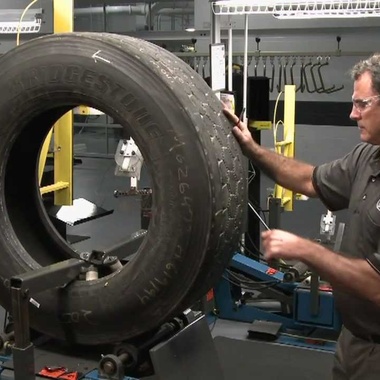 - For them, such a simulator creates additional motivation. They are familiar with video games and the process is highly interactive as well.”
- For them, such a simulator creates additional motivation. They are familiar with video games and the process is highly interactive as well.”
Before training, the instructor explains how to turn on the system and talks about its main functions, after which the simplicity of the program allows future employees to independently understand how to use it. In addition, they are given complete freedom to experiment, and the instructor does not stand next to them all the time.
Pirelli says this is how staff training will look like in the future. Virtual reality is already widely used in aviation for pilot training, but in other industries, large-scale simulators with the ability to fully immerse in the process remain rare.
PLAY will not replace traditional teaching methods, which Pirelli is also constantly improving, but the company believes that such a high-tech format is great for understanding labor-intensive processes, which primarily applies to tire assembly, the most labor-intensive operation in tire factories.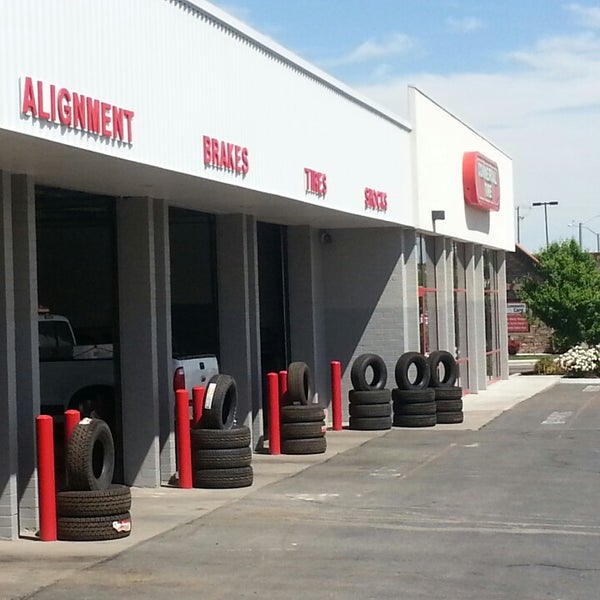 Out of 1,000 workers, 200-300 are engaged in the assembly of tires. It is planned to increase the staff of the plant in Mexico to 2,000 people, that is, more than 500 employees will be trained on the new simulator.
Out of 1,000 workers, 200-300 are engaged in the assembly of tires. It is planned to increase the staff of the plant in Mexico to 2,000 people, that is, more than 500 employees will be trained on the new simulator.
After Mexico, the new program will be rolled out to plants in Romania and China, and Pirelli is currently developing simulators to simulate the operation of the other two types of tire assembly machines for use in Germany and Italy in the future.
One of the reasons why a simulator is so effective is that it captures the learner's every move and lets him know what he's doing right and what mistakes he's making. In addition, the program allows you to know in advance about all possible malfunctions, that is, if a problem arises, the employee will already know how to quickly solve it. In addition, unlike real equipment, the program allows you to feel comfortable and not be afraid to do something wrong. If an employee accidentally enters an area where his health would be in danger in the real world, the system will stop the program and explain to him why this was done.